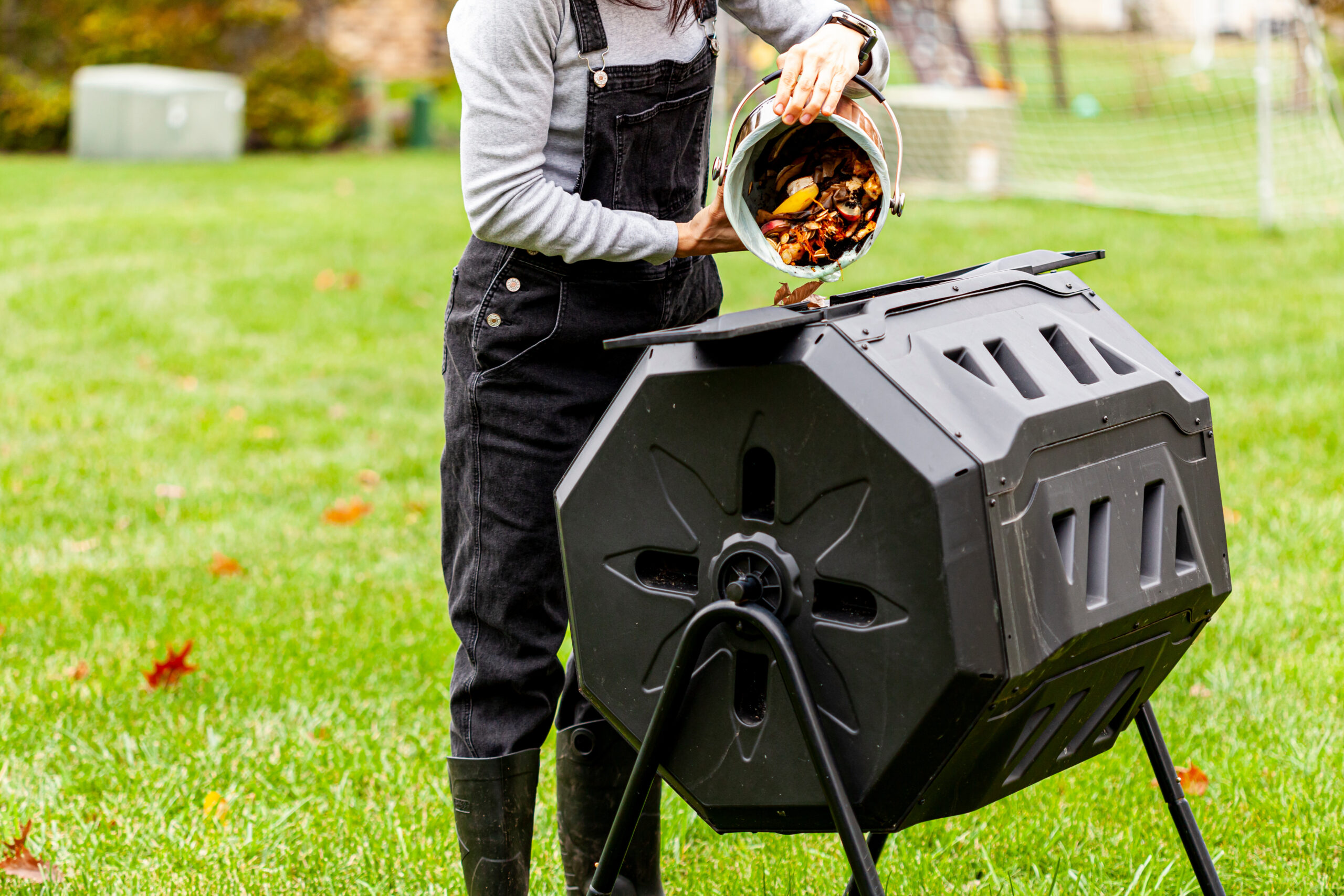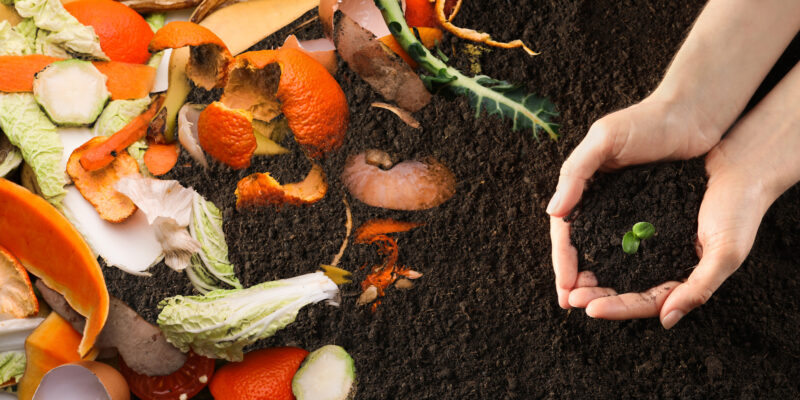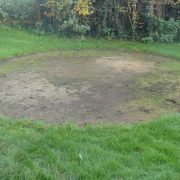Compost tumblers may be worth considering for homeowners eager to make the most of composting. If you have a garden or yard to maintain, this device is a worthwhile investment that can provide ready-to-use compost.
The conventional method of composting can be arduous. It generally involves turning the pile with a pitchfork to hasten the process. This aerates and combines the matter, boosting microbial activity to promote the breakdown of newly added material. In no time, you’ll have rich compost you can use.
Unfortunately, not all homeowners have the time for this task. Innovations like a geared compost tumbler make it manageable and convenient. The feature that sets it apart is the gear and handle, which make it easier to turn the tumbler.
Understanding Composting
In simple terms, composting is a recycling process that turns organic matter, such as food waste and leaves, into fertilizer. You can add compost to the soil to boost nutrition and promote better plant growth.
Organic matter naturally decomposes, but composting speeds it up and improves the soil by creating an environment suitable for the growth of worms and beneficial microorganisms. The end product looks strikingly similar to garden soil but contains more nutrients for gardening purposes.
A Close Look At A Compost Tumbler
As the name implies, a compost tumbler is a sealed container you can rotate to combine the composting materials easily. As a sealed container, it helps retain the heat generated by the composting process, hastening the conversion of food and yard waste into compost.

A compost tumbler is an ideal option if you want a hassle-free task. Although a compost bin is inexpensive, it requires effort to turn the compost regularly. Additionally, a compost bin is set on the ground with an open bottom, making it easy for rodents and pests to access the compost.
Using A Compost Tumbler
When choosing a location for your compost tumbler, select one with some sun exposure. It warms up the container and helps bacteria hasten the composting process.
You can add yard matter, food, and paper waste. Once you’ve filled the tumbler with waste, turn it every three to five days. You can add a small amount of water if the matter appears dry. Avoid filling the container to the brim and continue to turn it regularly. In most cases, depending on the temperature in your area, the compost is ready for gardening within six to eight weeks.
Advantages Of Compost Tumblers
Investing in a compost tumbler offers several benefits, such as the following:
1. Rapid Composting Process
With the right conditions, a compost tumbler can quickly and conveniently convert food and yard waste into nutrient-rich compost. Some key factors, such as the season, outdoor temperature, and balance of carbon and nitrogen in the composting materials, can influence the speed of the composting process.
2. Odor Control
A compost tumbler’s enclosed design can effectively contain odors, preventing them from spreading and becoming a nuisance. It’s an important consideration if you want to avoid complaints from neighbors.
3. Protection Against Pest Infiltration
Another advantage of using a compost tumbler is its effectiveness in preventing pest infiltration. Its sealed and elevated design, combined with sturdy materials, can keep pests from accessing your waste.
4. Compact Design
Compost tumblers are available in a variety of compact and sleek styles, making them an attractive addition to any yard or garden. Their uncluttered operation and space-saving design make them a practical and worthwhile investment for many homeowners.
Disadvantages Of Compost Tumblers
Compost tumblers offer homeowners several benefits, especially for those who want a convenient source of compost for gardening. However, they also have their share of drawbacks.
1. High Price Tag
Compost tumblers are typically made of thick materials that can withstand heavy and moist composting matter. They also have supporting legs or bases with rollers for stability and ease of use. Due to their structural design, compost tumblers are more expensive to produce than simple bin-style composters. As a result, they generally have a higher price tag.
2. Issues With Turning The Tumbler
One potential issue with compost tumblers is that they can become difficult to spin when full, particularly for large-capacity models. To address this, many large-capacity tumblers are equipped with gear systems to facilitate turning. However, if you have limited strength or mobility, you may want to consider a smaller-capacity model, which can be easier to turn.
Final Thoughts
Investing in a compost tumbler can provide long-term benefits, particularly for homeowners with a garden or yard to maintain. Not only does it produce compost for gardening, but it also helps reduce waste that would otherwise end up in landfills. With a compost tumbler, the composting process becomes more convenient and environmentally friendly.




Comments